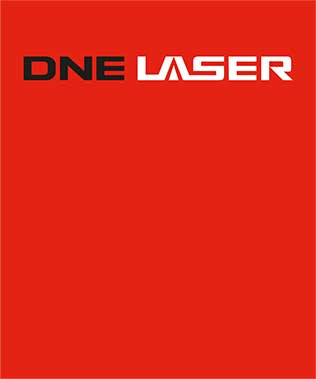Nitrogen auxiliary gas generator reduces the cost of laser cutting stainless steel
Published:2021-02-02 Browse:40Editor in charge:DNE Laser (Member of Bystronic)
In the late 1980s, as laser cutting sheet metal technology entered the application field, the cutting quality of cutting stainless steel and the formation of oxides became significant problems. When oxygen is used as auxiliary gas, an exothermic reaction occurs, especially when cutting carbon steel. This phenomenon is documented and widely recognized. In this process, oxygen obviously acts on the laser beam projection point on the metal surface to heat the steel, which brings about an exothermic reaction, which causes the temperature of the area to rise to the melting point, The molten liquid metal flows down the cutting wall and separates from the beam action area. As the metal melts and peels off, fresh metal is exposed to the surface, and the end result is a fairly smooth cut surface with an oxide layer.
On the other hand, stainless steel has a higher melting point and its characteristics are different. When the quality and thickness of the cut are factors that need to be considered, oxygen assist is usually an unacceptable method because it will generate on the metal surface, Residual oxide. In order to solve this problem, in the early 1990s, people usually used low-pressure nitrogen auxiliary gas. With the emergence of high-pressure optical components in the later period, higher gas transmission pressures have become possible. This is an endothermic process, essentially an evaporation/dissipation process, which does not produce any residual oxides on the cut surface, thereby improving The quality of the cut.
Because the auxiliary gas plays a role in removing molten metal from the cutting area in this process, gas pressure and purity become important factors. Higher pressure means greater gas consumption, which means higher operating costs. The nozzle diameter has a greater impact on gas consumption because cutting thicker materials requires larger nozzles.
The history of people starting to use nitrogen instead of oxygen as an auxiliary gas is not very long, and a business that supplies oxygen to laser cutting plants has begun to flourish. The use of small and large gas tanks (cylindrical tanks and Dewars) to supply nitrogen has become an industry standard. Nowadays, there are very few tall liquid nitrogen storage devices connected to the production workshop. In the past, it was easy to judge through this device that this company must cut a large amount of stainless steel and other easily oxidized metals, which had to consume a lot of Nitrogen.
The most important component of air is nitrogen (78%), and the air is free. A feasible and inexpensive way to obtain nitrogen is to use a nitrogen generator instead of buying large quantities of liquid or gaseous nitrogen. A nitrogen generator can suck in air, separate the nitrogen from it and use it in the processing of laser cutting equipment. Companies such as On Site Nitrogen have such equipment, which can produce nitrogen with an oxygen content of only 0.0005% or 5PPM. The cost of using the nitrogen generator, in addition to the equipment cost, is the electricity consumed to run the air compressor. Compared with the traditional way of purchasing gas from local suppliers, most companies believe that the use of nitrogen generators saves a lot of money. Most factories already store compressed air on-site, so you only need to pump it into the dryer, then into the nitrogen generator, and then into the storage cylinder and pressurize it. In this way, a cheaper auxiliary gas for stainless steel cutting is obtained.
 Bystronic (Shenzhen) Laser Technology Co., Ltd.
Bystronic (Shenzhen) Laser Technology Co., Ltd.